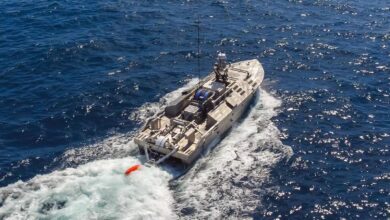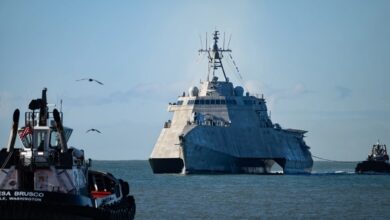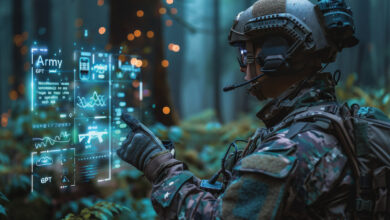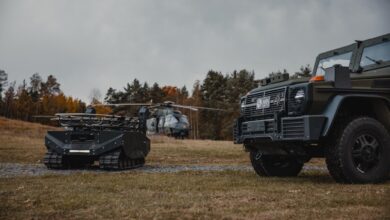US Navy, Brown University to Develop Protection for High-Speed Craft Operators
The US Navy and Brown University have signed an agreement to develop solutions to protect high-speed craft (HSC) operators from harsh environmental conditions.
The initiative seeks technologies to secure sailors from inflictions, including repeated mechanical shocks, during navigation in open waters.
The Naval Surface Warfare Center Panama City Division (NSWC PCD) researchers, engineers, and scientists will work with Brown University counterparts to facilitate these efforts.
“Teaming with Brown University [will offer] answers to the problems that we are seeking in terms of protection from mild Traumatic Brain Injury (mTBI) and better human-worn instrumentation to characterize these problems and provide some form of eventual dosimetry and impact injury tracking over the years of a career,” NSWC PCD Senior Test Director Eric Pierce stated.
Achieving Enhanced Preventative Solution
For the program, Brown University initially produced the Accelo-Suit, a set of wearable inertial measurement systems to determine real-world metrics required for the maturation of future HSC protective equipment.
The Accelo-Suit consists of a hat and harness equipment to enable rapid collection of inertial data from different points on the human body.
Using the platform, naval personnel are notified of injuries they may not be aware of.
“This experiment is very valuable because it ties together two very disparate fields of expertise and knowledge,” Brown University Engineering Associate Professor Dr. Haneesh Kesari explained.
“One is the know-how of 20 years of high speed craft biodynamics research experience that Mr. Pierce brings and the other is the most state-of-the-art algorithms, computer software, math and physics being developed.”
“When merging these together, we’ll be able to figure out from a rational and rigorous mathematical sense of how to quantify injury and thus be able to have a more predictive and rationally designed preventative measure.”
Sustaining Warfighting Dominance
The next phase will see further evaluation of the Accelo-Suit’s suitability and effectiveness under simulated sea conditions in partnership with the biomechanics team Cameron R. Bass LLC.
“Having strong partnerships with academia using technology transfer agreements allows us to be more agile in our research and development. This translates to direct mission support and warfighting dominance,” NSWC PCD Technology Transfer Manager Paige George explained.












